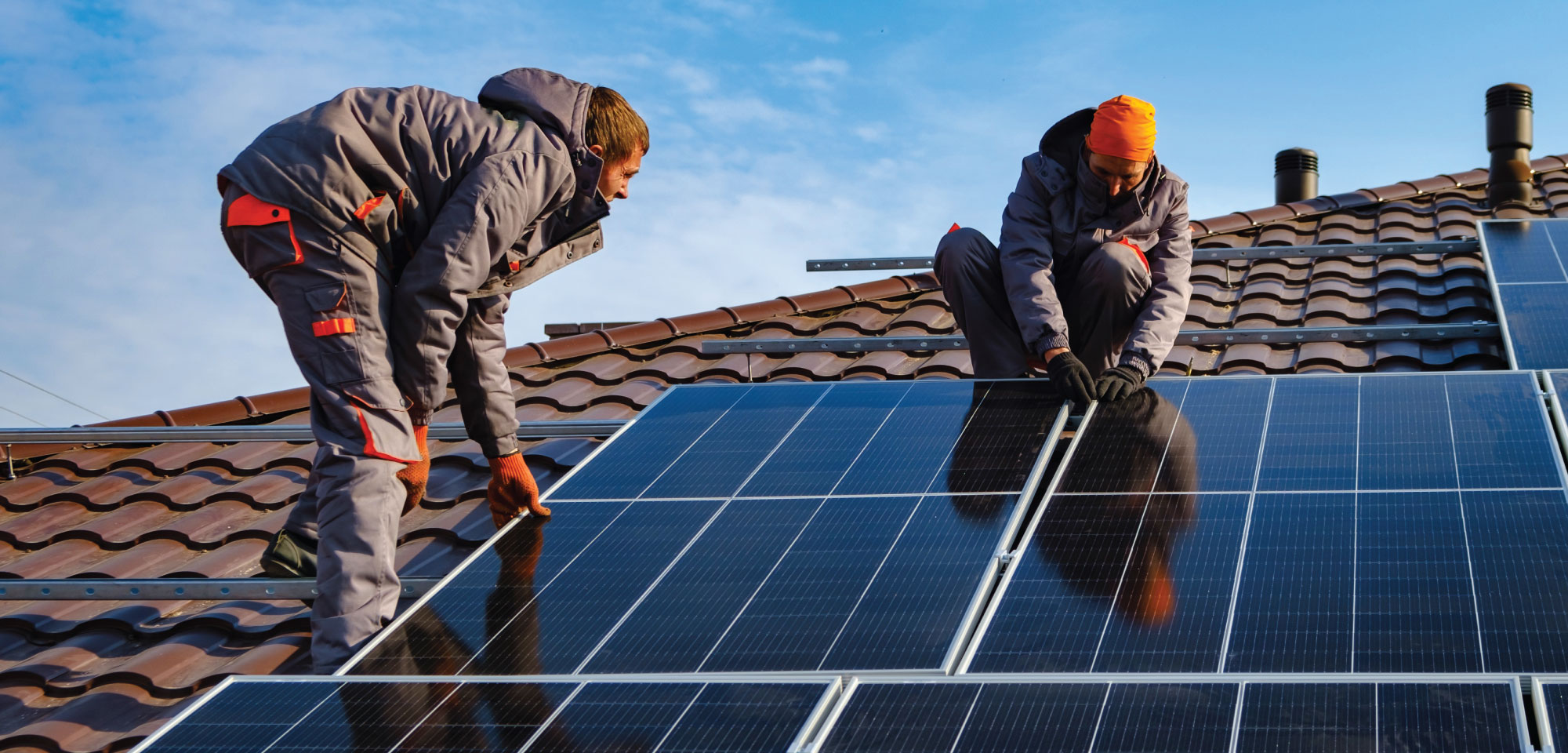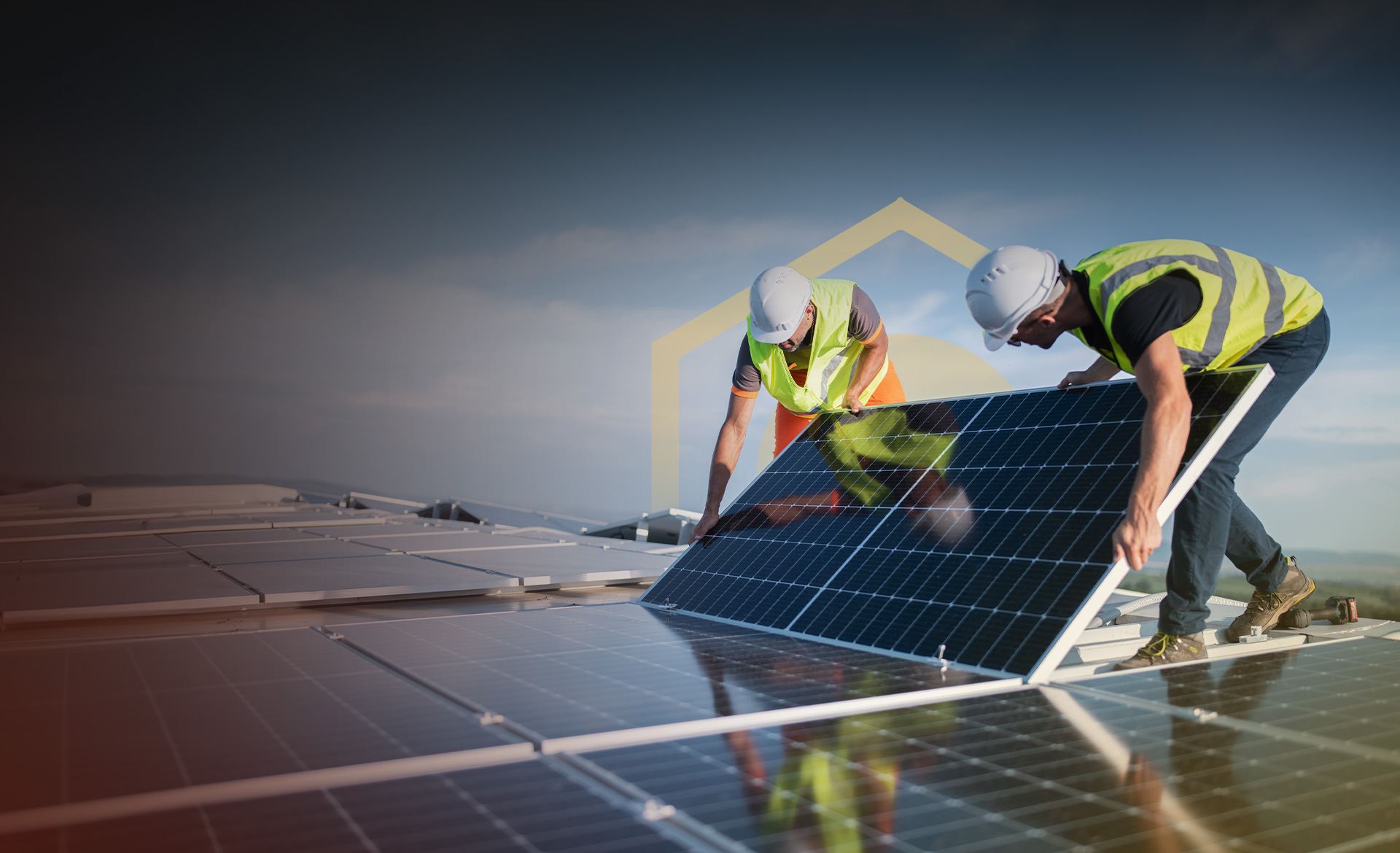Virginia Clean Energy Incentives: Lumina Solar Focuses On Supplying Advanced Photovoltaic Solutions For Residences And Companies
History and Establishing
Have you ever wondered how a photovoltaic panel company springs from a simple stimulate of inspiration into a powerhouse of renewable resource? It frequently begins with a vision-- one fueled by a mix of development, decision, and a pinch of serendipity. The journey of numerous solar business mirrors the development of the technology itself: from bulky, inefficient panels to streamlined, high-efficiency marvels utilizing the sun's bounty.
The Early Days
In the late 20th century, when solar energy was still a specific niche concept, pioneers planted seeds for what would become a worldwide movement. Think of a small workshop filled with curious engineers, relentlessly explore solar batteries. Their passion was palpable, often driven by a desire to fight climate modification and decrease dependence on fossil fuels.
One such anecdote is about a creator who, influenced by a camping trip, realized that even in remote locations, the sun might power important gadgets. This basic observation triggered a business's objective to democratize access to clean energy.
Establishing Concepts

- Innovation: Continuously pushing the borders of solar innovation to enhance efficiency and sturdiness.
- Sustainability: Committing to environmentally friendly manufacturing and decreasing carbon footprints.
- Ease of access: Making renewable resource solutions economical and useful for everyday users.
Turning points in Development
| Year | Key Occasion |
|---|---|
| 1985 | Business founded in a little garage, concentrating on research and development. |
| 1995 | Very first commercial photovoltaic panel item released, acquiring regional attention. |
| 2005 | Broadened to global markets, welcoming worldwide renewable resource goals. |
| 2015 | Introduced innovative solar panel innovation with boosted energy conversion. |
Isn't it fascinating how these incremental actions, often neglected, form the energy landscape today? The solar panel business story is not almost innovation; it has to do with a relentless quest for a brighter, cleaner future.

Developments in Solar Panel Technologies
Ever seen how some solar panels shine brighter and last longer? It's not magic; it's the science of photovoltaic performance. Modern photovoltaic panel companies invest greatly in technologies like bifacial cells, which catch sunlight from both sides, increasing energy harvest without expanding roofing space. Have you ever questioned why some panels perform better on cloudy days? That is because of advances in thin-film solar innovation, which prospers under diffused light conditions.
Product Variations Tailored to Distinct Needs
One size never ever fits all. Photovoltaic panel companies now use:
- Monocrystalline panels for maximum performance and smooth aesthetic appeals, suitable for space-constrained roofs.
- Polycrystalline panels, which provide a cost-effective alternative without sacrificing excessive output.
- Building-integrated photovoltaics (BIPV), merging solar tech flawlessly into architectural components like windows and exteriors.
Picking the right product isn't practically upfront expense; it has to do with matching your environment, energy objectives, and long-term cost savings. Homes shaded by trees need panels that stand out in low-light circumstances, something lots of ignore till energy expenses climb all of a sudden.
Technical Tips for Ideal Selection
- Assess the temperature level coefficient-- lower values imply panels lose less performance on hot days.
- Look for panels with improved anti-reflective finishings to maximize light absorption.
- Think about the panel's service warranty not just for flaws, but for ensured power output over years.
- Do not underestimate the importance of the inverter technology coupled with the panels; it can make or break your system's performance.
Beyond Panels: Emerging Trends
Envision solar panels that adjust their angle automatically to chase after the sun-- tracking systems are becoming more available, increasing yield considerably. Or solar tiles that blend invisibly into your roofline, transforming your home into a quiet, self-sufficient power generator. These innovations are reshaping what a photovoltaic panel company uses-- not simply products, but integrated energy services.
Market Existence and Global Operations
Ever question why some photovoltaic panel business appear to grow up in every corner of the globe while others barely make a ripple? The difference lies not just in innovation but in mastering the art of navigating diverse markets. Broadening worldwide is like planting seeds in different environments-- you must understand each environment's special conditions to prosper.
Take, for circumstances, the detailed dance of logistics and supply chain management. Delivering panels halfway across the world isn't practically range; it's about timing, customizeds, tariffs, and adjusting to local need variations. A business with robust worldwide operations anticipates these variables, guaranteeing panels get here on schedule without pumping up expenses. This foresight is no little task and typically separates market leaders from fans.
Secret Techniques for Expanding Market Presence
- Localized production: Developing production hubs near target markets minimizes shipping delays and import complexities.
- Strategic partnerships: Working together with local companies speeds up market penetration and constructs trust.
- Adaptive item design: Tailoring solar panel tech to weather, sun strength, and facilities nuances boosts efficiency and acceptance.
What about the human factor? Photovoltaic panel business operating globally should reconcile cultural distinctions and regulatory subtleties without forgeting their core mission. For example, what operate in a sun-drenched desert may falter in a humid coastal region. Sometimes, the most innovative option is just listening-- soaking up local insights to refine innovation and technique.
Specialists typically advise a phased rollout instead of a shotgun growth. Why risk overextension when determined growth constructs sustainable momentum? Scaling wisely indicates balancing ambition with functional resilience - Solar Panel Company. After all, in the race for sustainable energy dominance, patience can be as valuable as speed
Environmental Effect and Sustainability Practices
When photovoltaic panels initially emerged, many assumed they brought absolutely no ecological baggage. However, the truth is more nuanced. The production of solar batteries involves rare earth metals and energy-intensive processes, which can leave a large carbon footprint before the panels even reach rooftops. The true ecological expense depends greatly on the sustainability practices used by the solar panel business throughout the lifecycle of their products.
How frequently do we stop briefly to consider what website happens to solar panels at the end of their beneficial life? Unlike batteries or electronics, photovoltaic panels can last 25-30 years, but disposal and recycling pathways remain underdeveloped in many areas. A business dedicated to minimizing ecological damage will have a robust prepare for recycling photovoltaic materials, salvaging important silicon, glass, and metals to prevent land fill build-up.
Key Sustainability Techniques
- Using low-impact manufacturing methods that minimize water and energy intake.
- Carrying out closed-loop systems to recycle production waste back into new panels.
- Taking part in transparent supply chain audits to make sure ethical sourcing of raw materials.
- Creating panels for much easier disassembly to aid future recycling efforts.
It deserves keeping in mind that some solar companies have actually originated innovative approaches, such as integrating biodegradable elements or utilizing less toxic chemicals during fabrication. This not just minimizes ecological pressure however also sets a precedent for the market. The question stays: can the solar market really pivot towards a circular economy design without sacrificing performance or affordability?
Specialist Tips for Evaluating Sustainability
- Ask about the business's dedication to carbon-neutral production and whether they offset emissions.
- Examine if they partner with accredited recycling centers committed to solar panel waste.
- Try to find transparency reports detailing ecological impacts and sustainability goals.
- Consider the longevity and service warranty of panels as an indirect step of resource performance.
In the end, choosing for solar energy needs to imply more than just slashing electrical energy costs; it has to do with nurturing a future where energy is collected properly and waste is attentively handled. Photovoltaic panel companies that embrace this approach not only brighten homes however likewise cast a brighter light on sustainable development.